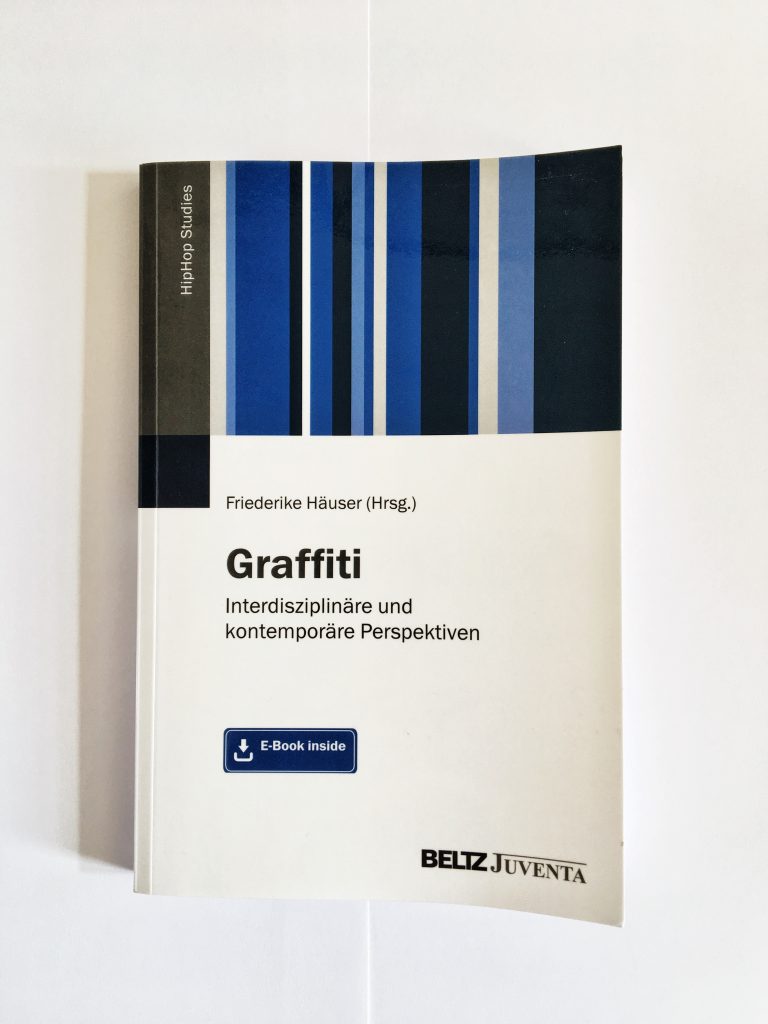
Seeing as today marks the start of Read Palestine Week I thought I’d see if I could find something about Palestinian graffiti to review. Almost everything I’ve seen about graffiti, or more precisely street art, from Palestine has been related to the West Bank Wall. In some ways the art that has been painted on the wall has drawn attention to it in a similar way to that which was put on the Berlin Wall. Various high profile street artists have travelled to the West Bank to make their statement on the wall, some largely with their western audience in mind, others more in earnest, before flying back home. So I was quite pleased when I came across Mia Gröndahl’s Gaza Graffiti: Messages of Love and Politics.
Continue reading







